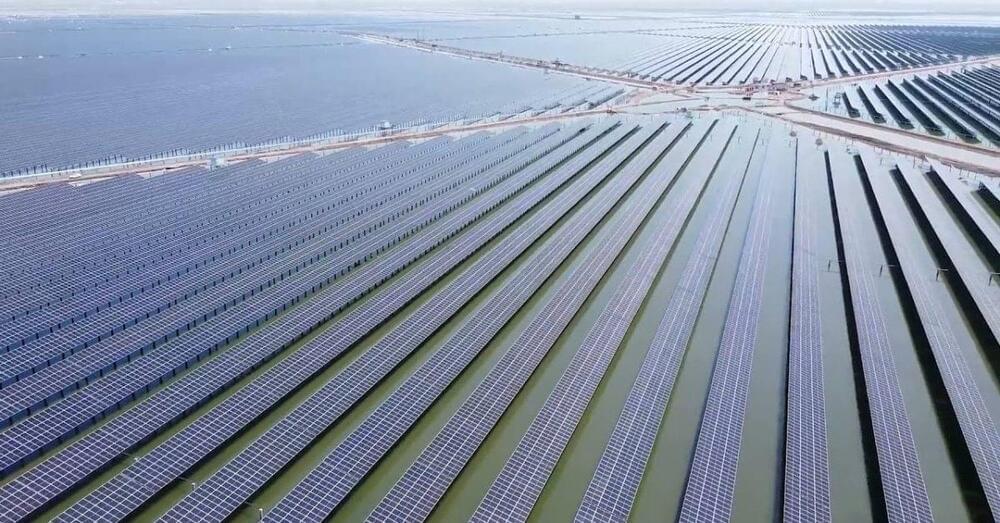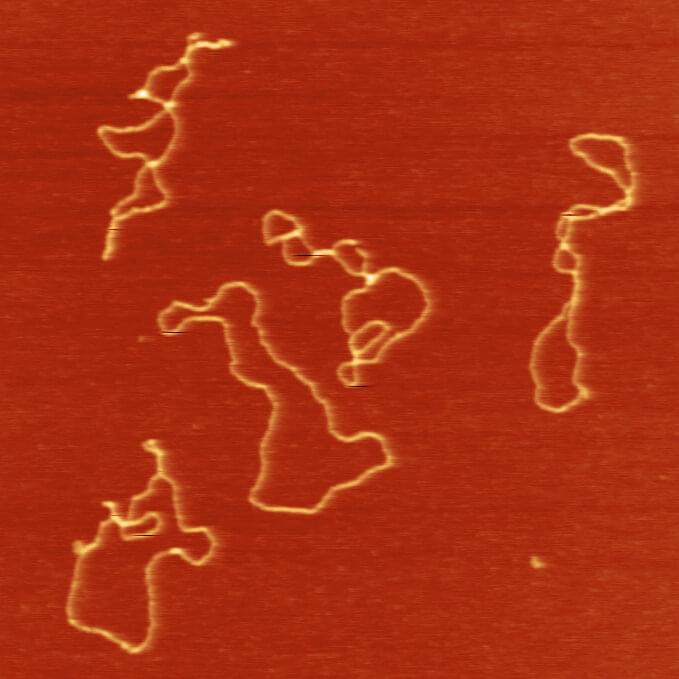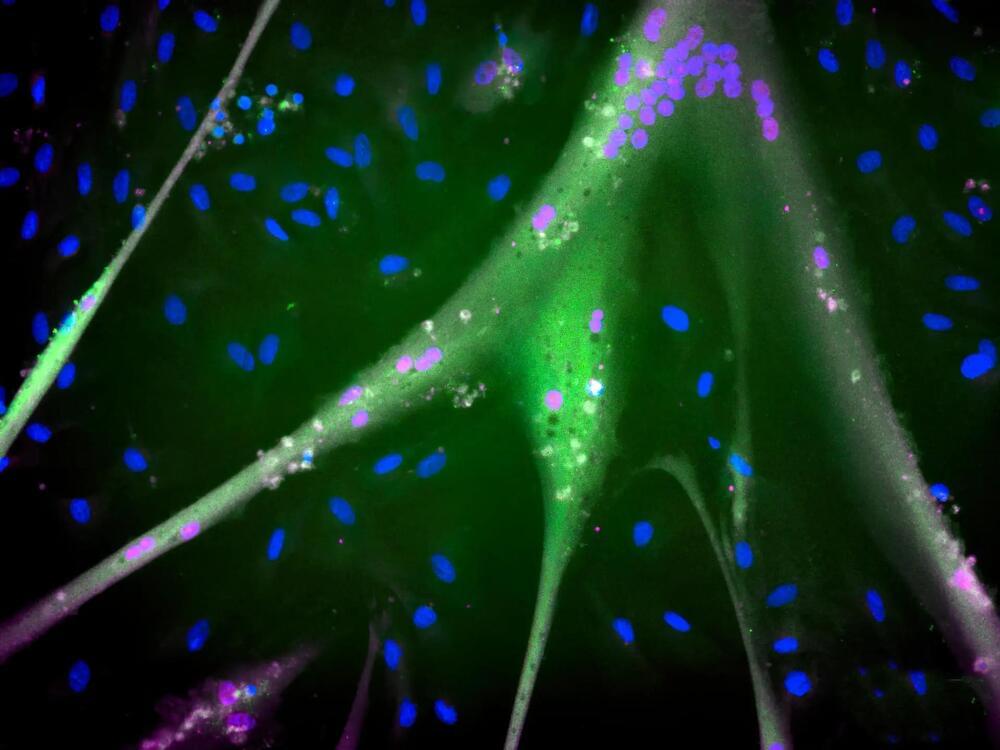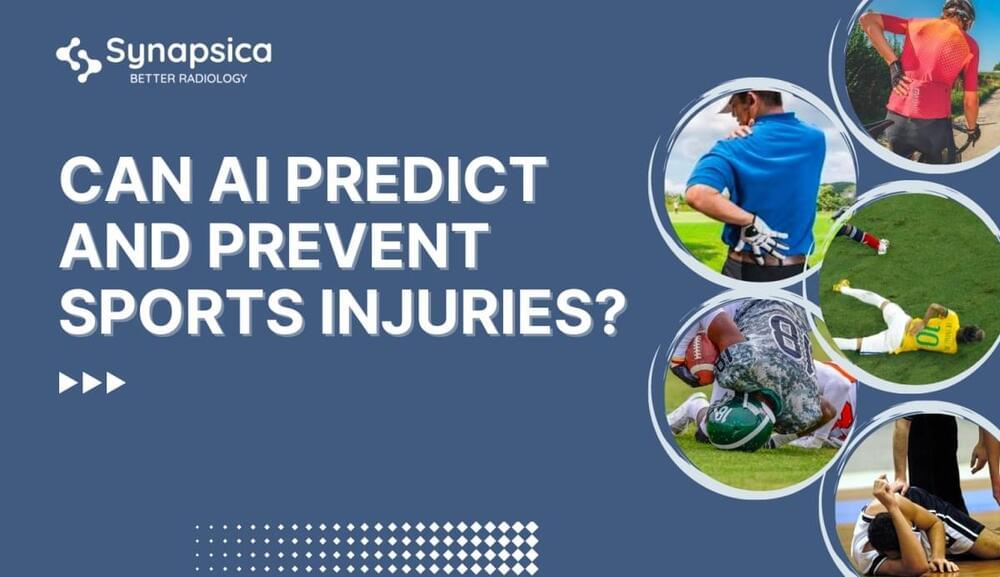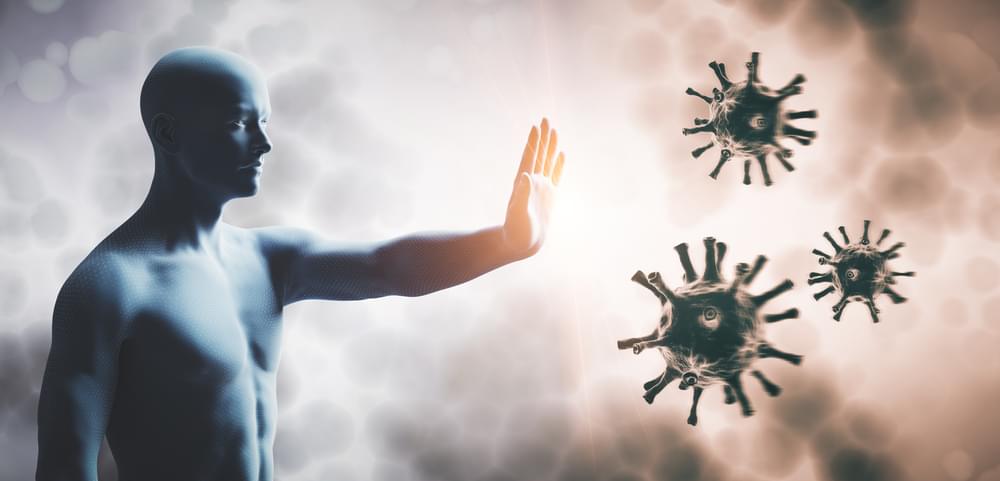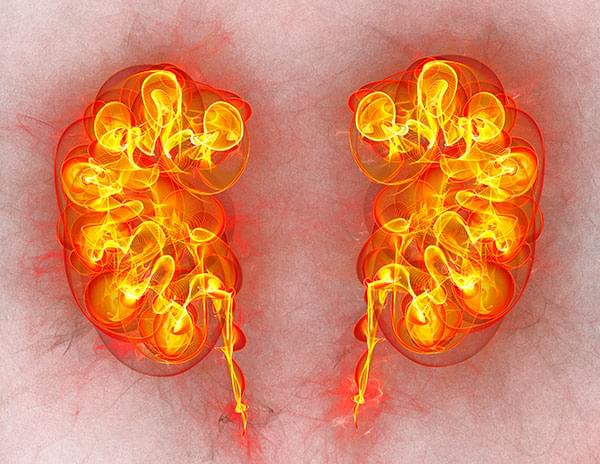Jul 13, 2023
This 1 GW solar + salt + shrimp farm is a 3-in-1 power station
Posted by Shailesh Prasad in categories: food, solar power, sustainability
A huge solar power station in China is generating clean energy, producing salt from sunlight, and serving as a shrimp-breeding site.
State-owned China Huadian Corporation said the 1-gigawatt (GW) Huadian Tianjin Haijing power station will generate 1.5 billion kilowatt-hours of electricity each year – enough to power around 1.5 million households in China.
Continue reading “This 1 GW solar + salt + shrimp farm is a 3-in-1 power station” »
